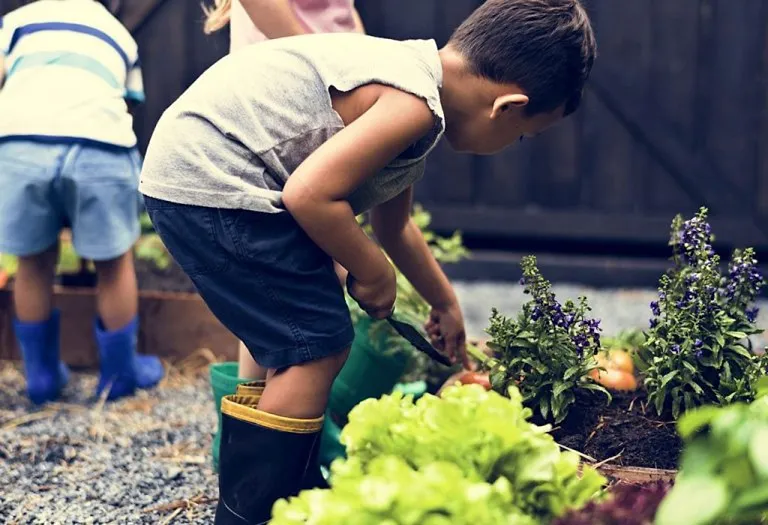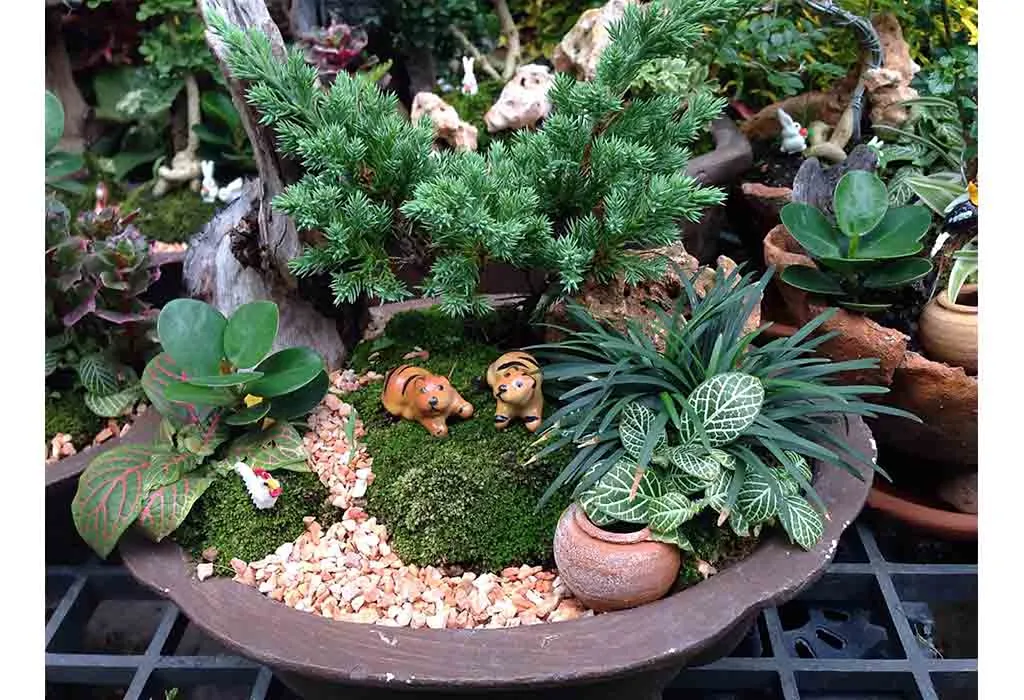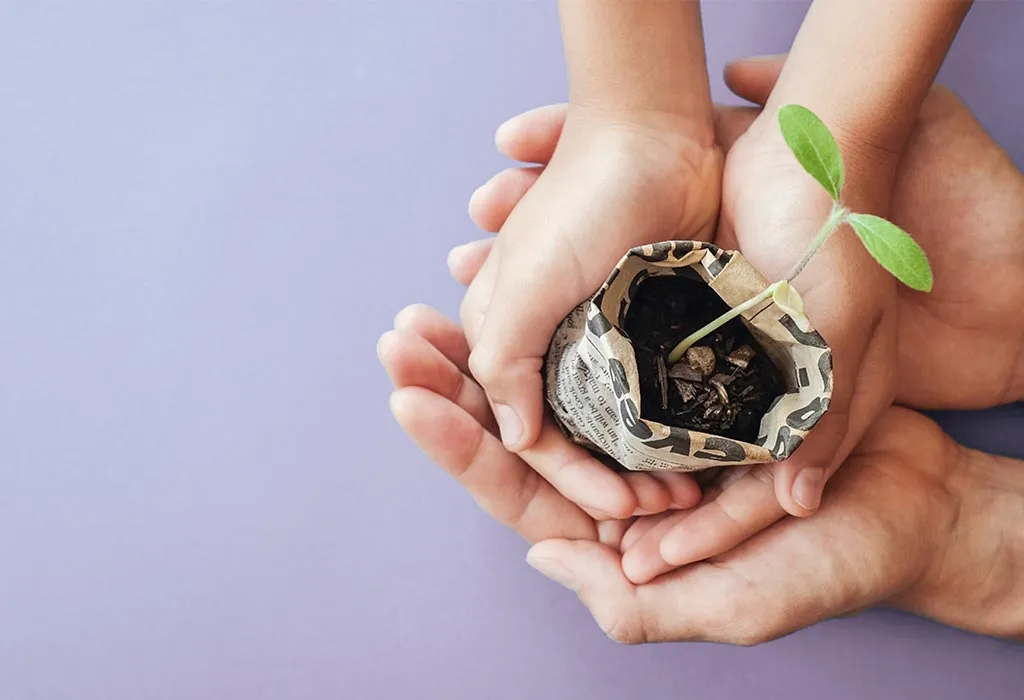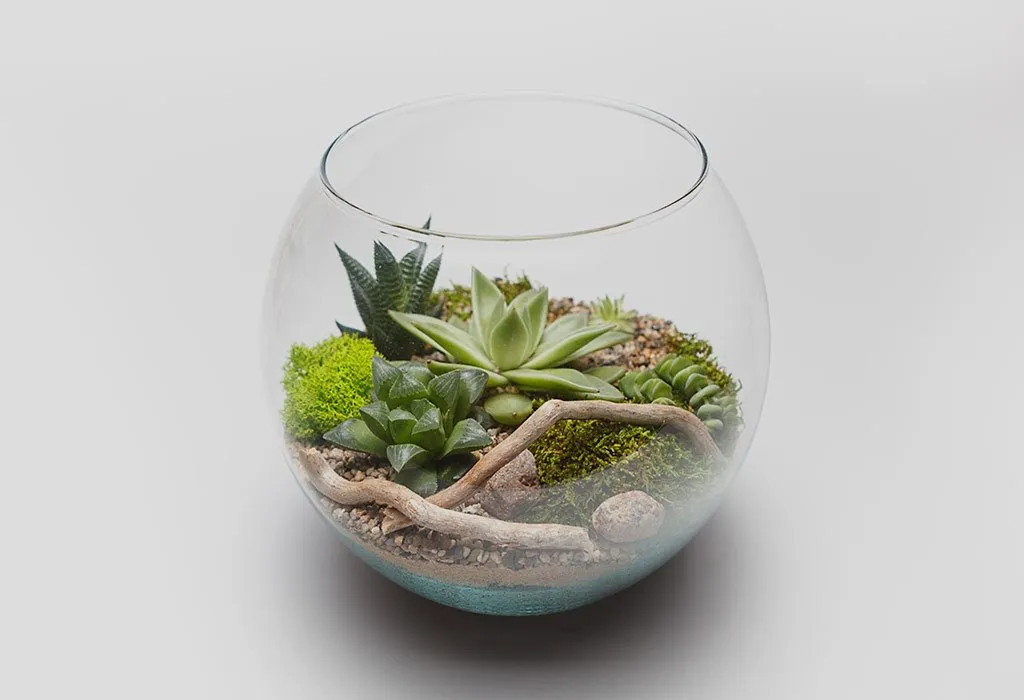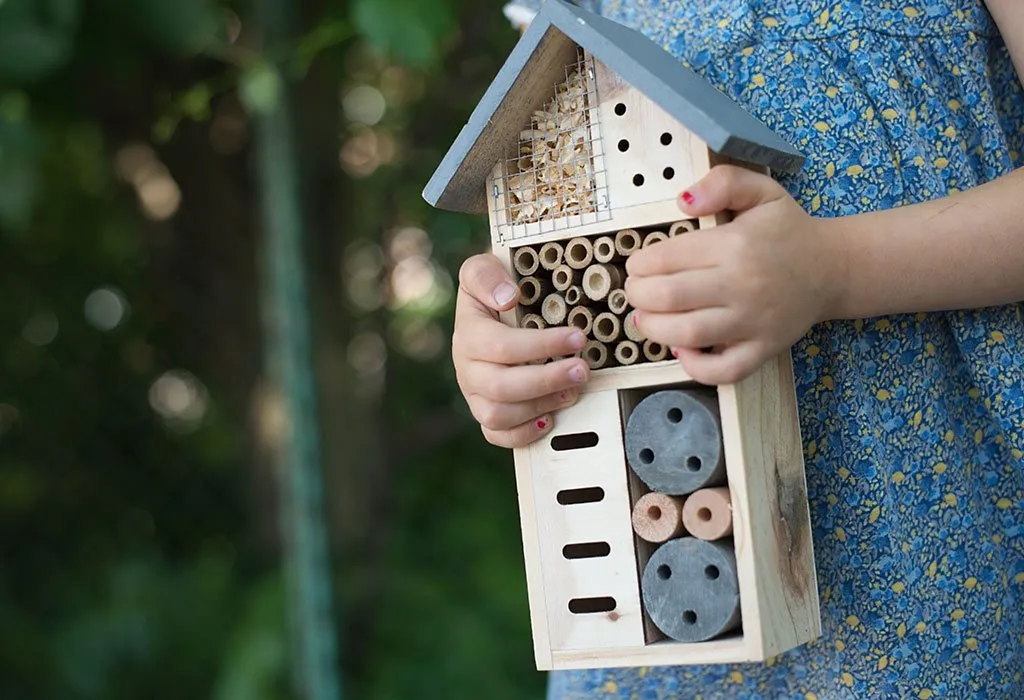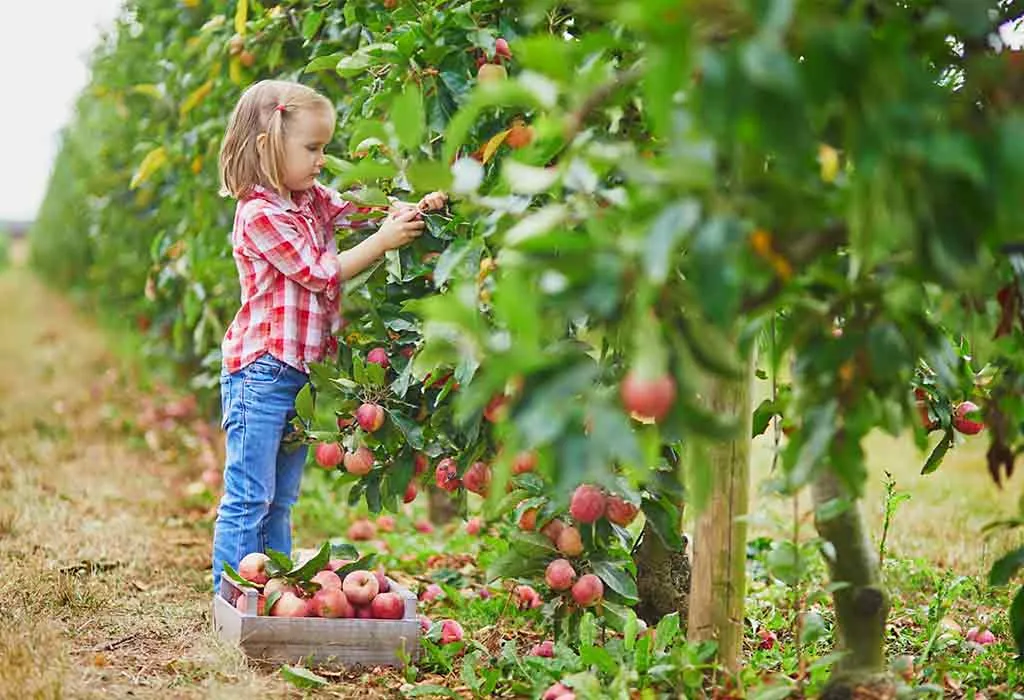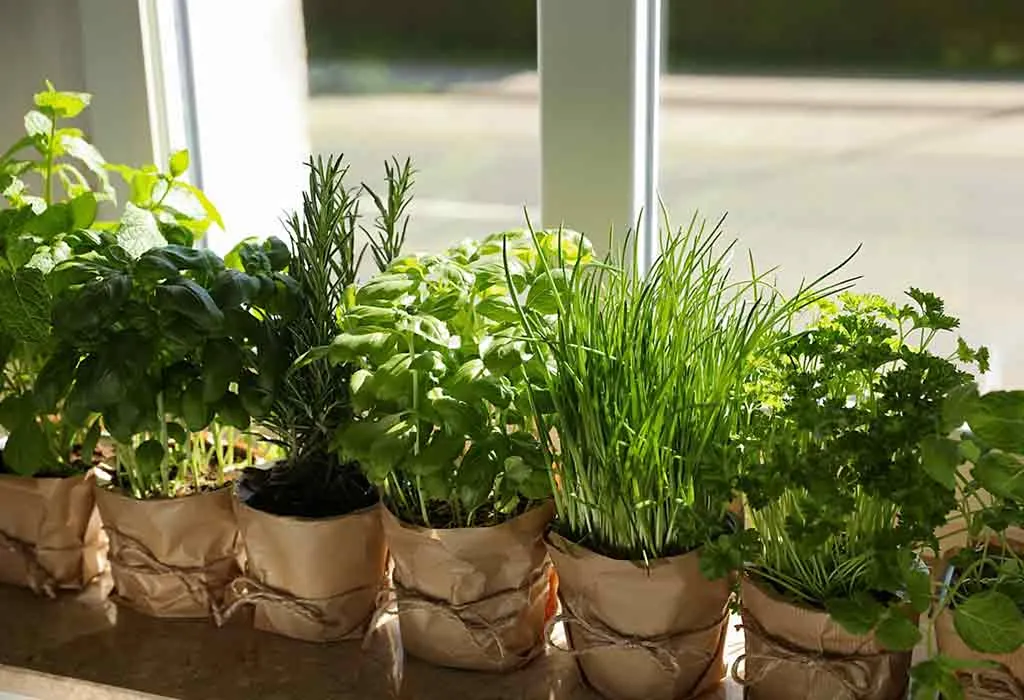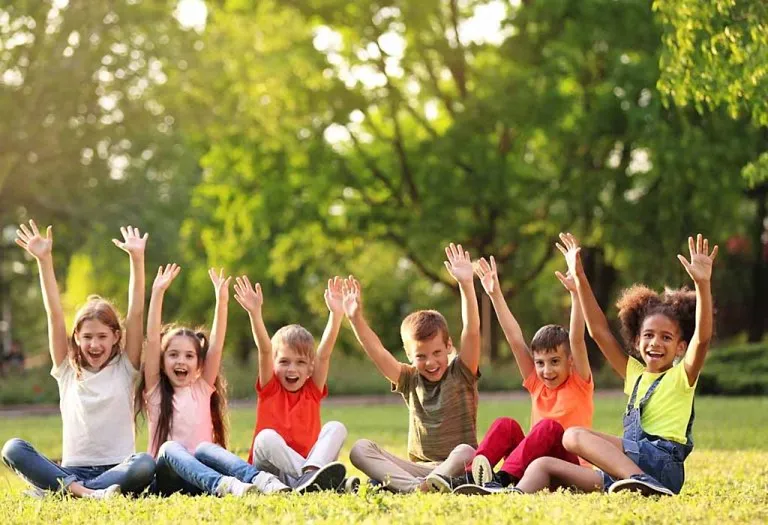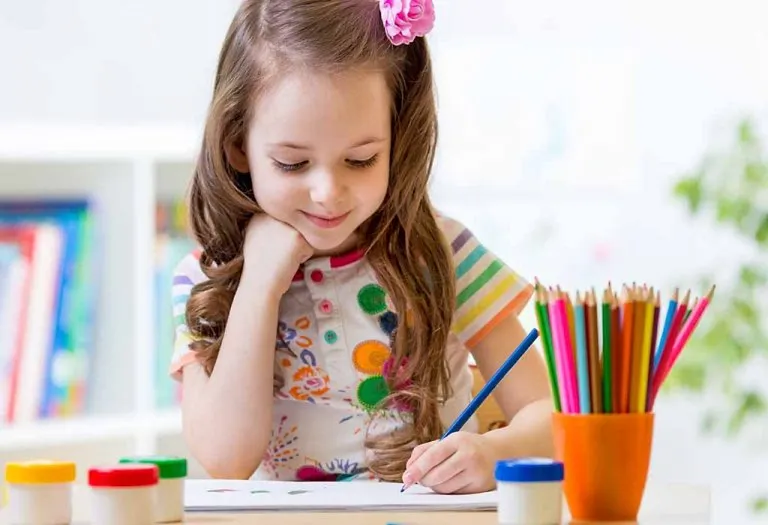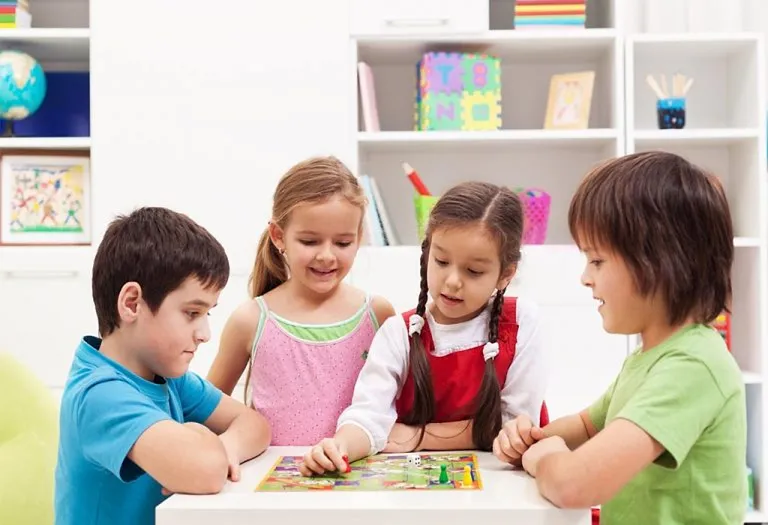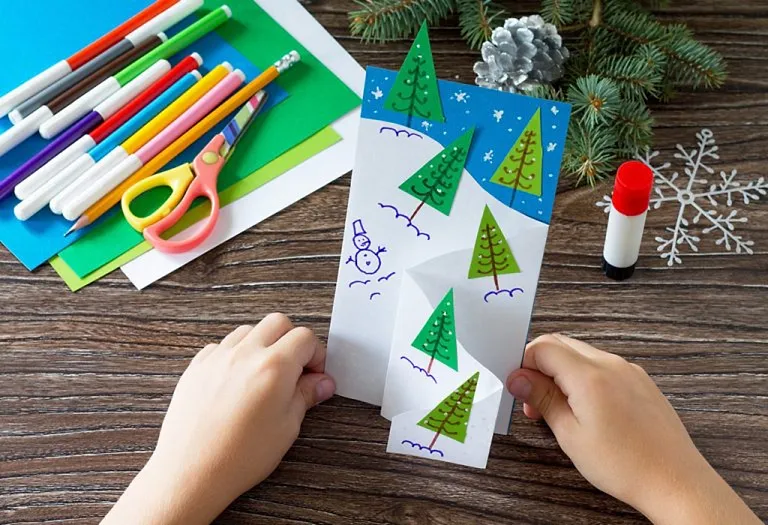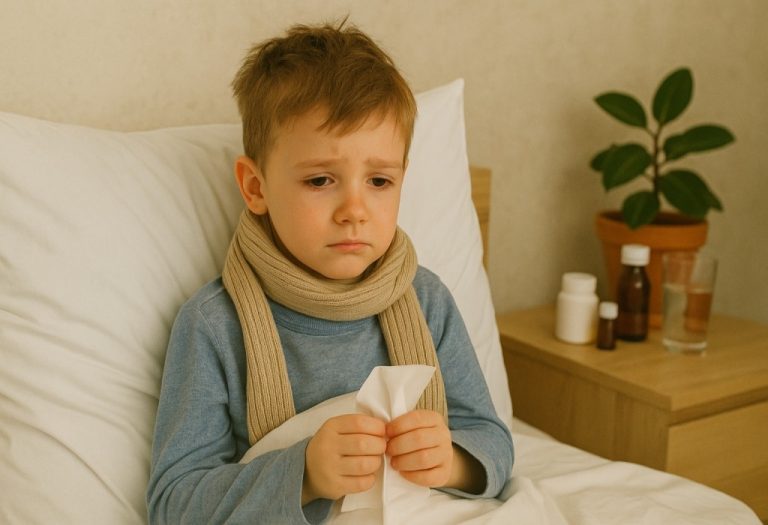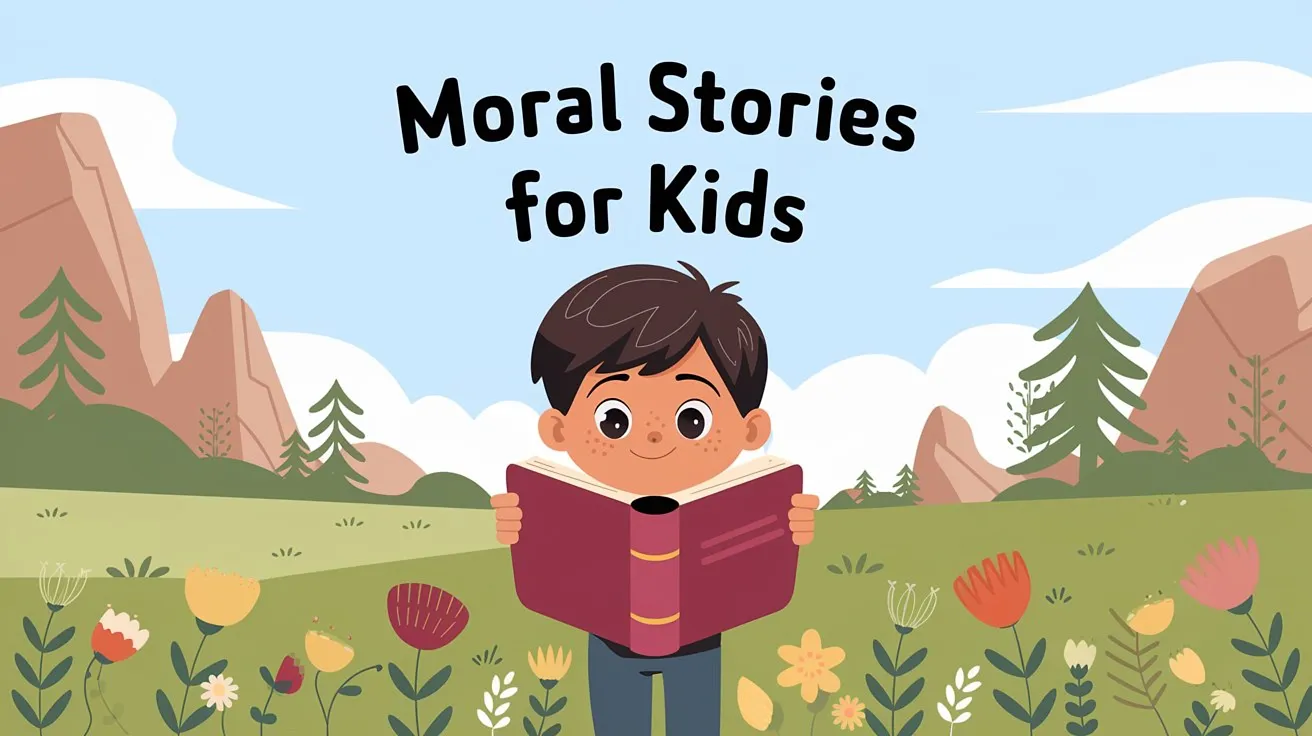12 Best Gardening Activities for Your Children
Kids usually enjoy digging in the dirt, making mud pies, observing worms, or simply engaging in any activity that allows them to get messy outdoors. Gardening activities for preschoolers and kids provide them with a unique, hands-on experience where they can connect with nature while learning valuable skills. Through these activities, children can develop responsibility, patience, and empathy while caring for plants. Watching seeds transform into sprouts and then grow into full plants gives kids a sense of accomplishment and helps them understand the importance of nurturing life. Plus, gardening introduces kids to basic science concepts, from plant biology to understanding weather patterns, all in a fun, engaging way.
Fun-filled Gardening Activities for Children
Here is a list of some interesting summer garden activities for kids:
1. Watering Plants
Garden activities for toddlers may include watering plants as it is one of the simpler tasks.
How to Do
- Provide your kid with a plastic watering can.
- Show him how to water the plants.
How It Helps
- Learn about plant biology.
- It may help your kid feel empowered.
2. Creative Planting
Gardening activities for preschoolers can comprise of some creative planting which is sure to make them love gardening.
How to Do
- Allot a special corner of your garden to your kid that will be solely under his care.
- Help him to design it in any shape he wishes. For example, he can shape it like a pizza and divide it into slices by using wood or plastic dividers.
- Assist him to plant different seedlings in each slice.
How It Helps
- Generate your kid’s interest in gardening.
- Knowledge about flowering plants.
- Improves planning and organising skills.
3. Miniature Gardens
This can be a very exciting activity for your kid as he may create a flowering world of his own.
How to Do
- Guide your child to fill a plant-holder with soil and help him plant some succulents, cacti in it.
- Ask him to place toys and figures of his choice like dinosaurs, cowboys, astronauts among the plants.
How It Helps
- It may help promote your kid’s imagination and creativity.
- He may begin to take an active part in gardening.
4. Newspaper Planters
Your kid may find this activity fascinating. You can use old comics to make them more appealing.
How to Do
- Fold the newspapers lengthwise in half. Roll them along a tin or a jar and cover it completely.
- Fill it with soil and sprinkle some seeds in it.
- You can place the planter on a board or punch holes on its sides to hang it.
How It Helps
- Kids can learn about recycling
- It can encourage their inventiveness and imagination.
5. Colourful Terrarium
This activity involves the use of terrarium which is a transparent vessel in which special kinds of plants usually grow like ferns, succulents, petunias.
How to Do
- Fill a glass vessel with some sand, colourful pebbles.
- Place the plants and arrange them to create a beautiful landscape.
How It Helps
- You can introduce your child to different varieties of plants and their unique features.
- It may stimulate his originality and creativity.
6. Magical Fairy Circle
This captivating activity will keep your kid occupied for hours.
How to Do
- Help your kid make a circle preferably under a tree. Dig up the circle line with a shovel.
- Pot different flowering plants on the circle line.
- You can hang lanterns and tealights made out of empty jars from the tree above the circle.
How It Helps
- You kid can let his imagination run wild to decorate the magical circle.
- It can develop his love for nature as he can use this circle to play with his friends or just by himself.
7. House for Useful Insects
This children’s garden activity can be both fun and learning.
How to Do
- Get a wooden birdhouse. You can build one too. Help your kid paint it.
- Place hollow bamboo rods in it. Stick moss on the house’s roof so that insects may feel at home.
How It Helps
- Kids may learn about various insects including beneficial ones like ladybugs.
- They may become aware of environment-friendly ways to preserve nature.
8. Bottle Markers
Your kid may enjoy making these beautiful bottle markers.
How to Do
- Collect a few empty bottles and let your kid paint them in bright colours.
- Write names of the different plants growing in your garden on the bottles and place them accordingly at the respective places.
How It Helps
- Your kid may learn about recycling and reusing.
- He may gain knowledge about different plants.
9. Pulling Weeds
It is essential to educate kids about keeping their garden clean.
How to Do
- Provide your child with suitable garden tools and explain how weeds are harmful to the plants.
- Help them differentiate the weeds for them to pluck them.
How It Helps
- Your kid may learn the importance of weeding and how it helps in the healthy growth of plants.
- He may get to explore and understand nature better.
10. Gathering Fruits/Vegetables
Most kids love picking vegetables and fruits from their garden.
How to Do
- Give them a basket and help them pluck the ripe fruits and vegetables.
- Encourage them to ask questions to learn about healthy foods.
How It Helps
- It may instil healthy food habits in kids.
- Kids may get a hands-on experience about growing foods and the important role of nature.
11. Rock Painting for Garden Markers
This artistic activity is sure to make your child’s garden even more vibrant and personalized.
How to Do
- Gather some smooth stones or pebbles from your garden or nearby park.
- Provide your child with non-toxic paints and let them decorate the rocks with plant names or fun designs.
How It Helps
- Enhances creativity and fine motor skills.
- Helps your child learn plant names and develop a stronger connection with their garden.
12. Sensory Herb Garden
Creating a sensory herb garden can be a delightful experience as kids explore different scents and textures.
How to Do
- Help your child plant herbs like mint, basil, and lavender in a designated garden spot or pots.
- Encourage them to smell, touch, and learn about each herb.
How It Helps
- Develops sensory awareness and introduces them to basic cooking ingredients.
- Teaches them how plants are used in everyday life, from cooking to aromatherapy.
Benefits of Gardening Activities for Kids
- Getting out and being outdoors can be a wonderful way to spend some quality time bonding with your kids.
- Gardening can offer kids an opportunity to get close to Mother Nature.
- The practical facets of gardening can contribute to your child’s learning of basic science and maths.
- It can be a perfect stress buster.
- Gardening can encourage a picky eater to eat. A child may take pride in eating vegetables grown by his own hands.
- Gardening activities can inculcate qualities like confidence, responsibility, patience, planning and organising well in your kid.
Which Gardening Activities Develop Sensory Inputs in Kids?
Some gardening activities that may develop sensory inputs in kids can be:
- Carrying pots
- Digging holes
- Collecting flowers
- Touching worms, soil
- Shovelling
Tips to Let Your Child Enjoy Gardening
- Let your child decide what to plant, where to plant. Allowing him to explore is likely to fuel his interest more.
- Offer him age-appropriate garden tools as they are safe and can be easily managed by him.
- Assign a particular portion of your garden to your kid as his personal space, which may get him excited to discover nature on his own.
- Be patient and refrain from seeking perfection. The aim is to allow the kid to have fun and create a positive feeling towards nature and gardening.
FAQs
1. Are there specific plants that are safer and easier for young children to grow?
Yes, plants like sunflowers, marigolds, and cherry tomatoes are easy to grow and safe for children. These plants typically grow quickly, are hardy, and don’t have any toxic parts, making them ideal for young gardeners.
2. How can gardening foster teamwork skills in children?
Group garden-themed activities, such as planting or watering plants together, encourage teamwork as children work toward a common goal. They learn to share responsibilities, communicate ideas, and help each other, which are essential teamwork skills.
Gardening can be a source of numerous valuable lessons to kids. It may be a great idea to develop gardening as a family hobby. You can use the opportunity to build your family garden and grow your home food.
References/Resources:
1. Gardening safety; Better Health Channel; https://www.betterhealth.vic.gov.au/health/healthyliving/gardening-safety
2. Children: getting them interested in gardening; The Royal Horticultural Society; https://www.rhs.org.uk/advice/health-and-wellbeing/children-getting-them-interested-in-gardening
3. Gardening With Kids: How It Affects Your Child’s Brain, Body and Soul; Public Broadcasting Society; https://www.pbs.org/parents/thrive/gardening-with-kids-how-it-affects-your-childs-brain-body-and-soul
4. Gardening with young children helps their development; Michigan State University; https://www.canr.msu.edu/news/gardening_with_young_children_helps_their_development
5. Gardening for Kids: 7 Reasons Planting Seeds Enriches Their Lives; Rasmussen University; https://www.rasmussen.edu/degrees/education/blog/gardening-for-kids-benefits/
6. Wellbeing benefits of gardening for children; The Royal Horticultural Society; https://www.rhs.org.uk/garden-inspiration/get-gardening/wellbeing-benefits-of-gardening-for-children
7. Growing a Garden with Children; Minnesota State Horticultural Society; https://northerngardener.org/growing-a-garden-with-children/
Also Read:
Amazing Free Activities for Kids
Music Games and Activities for Children
Animal Games and Activities for Kids
Group Games and Activities for Kids
Was This Article Helpful?
Parenting is a huge responsibility, for you as a caregiver, but also for us as a parenting content platform. We understand that and take our responsibility of creating credible content seriously. FirstCry Parenting articles are written and published only after extensive research using factually sound references to deliver quality content that is accurate, validated by experts, and completely reliable. To understand how we go about creating content that is credible, read our editorial policy here.





